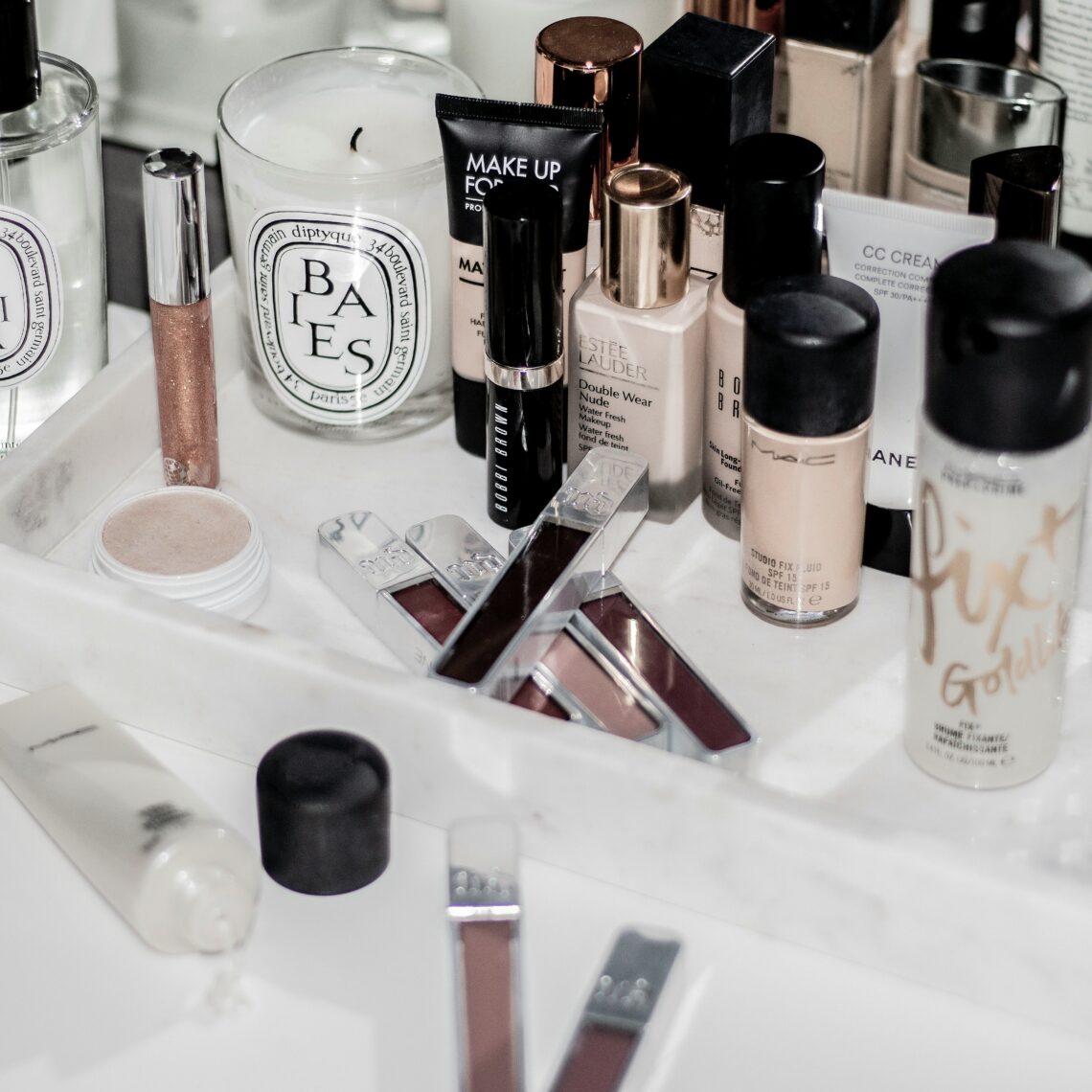Achieving a flawless complexion starts with the right foundation application. However, even the most experienced makeup enthusiasts can make mistakes that affect the final look. From selecting the wrong shade to improper blending, these common errors can prevent you from achieving a smooth, natural finish. In this guide, we’ll highlight key foundation mistakes to avoid and provide tips for perfecting your base.
Choosing the Wrong Shade
One of the most crucial steps in applying foundation is selecting the correct shade for your skin tone. Wearing the wrong shade can result in a stark contrast between your face and neck, or even give your skin an unnatural appearance.
Understand Your Undertone: The first step in choosing the right shade is understanding your undertone. Undertones can be cool, warm, or neutral. Knowing your undertone helps in selecting a foundation that complements your natural skin color, ensuring a seamless blend.
Test Before You Buy: Always test the foundation on your jawline or neck, as this area closely matches the color of your face and neck. Avoid testing on your hand or wrist, as these areas often have a different tone than your face. Whether you prefer a liquid, powder, or cream foundation, it’s essential to test the product in natural light to see how it truly matches your skin.
Consider Your Skin Type: The type of foundation you choose should also match your skin type. For instance, makeup for mature skin often requires a foundation that hydrates and smooths, minimizing the appearance of fine lines and wrinkles. On the other hand, those with oily skin might benefit from a matte formula that controls shine.
Match for Different Skin Tones: If you have a deeper complexion, finding the right makeup for dark skin tones is crucial. Look for brands that offer a wide range of shades with varying undertones to ensure a perfect match. Using the wrong shade can result in an ashy or overly orange appearance, so it’s important to find a formula designed specifically for your skin tone.
Not Blending Properly
Even if you’ve chosen the perfect foundation shade, improper blending can lead to a cakey, streaky, or uneven finish. Proper blending is key to achieving a natural, flawless look that enhances your features rather than masking them.
Use the Right Tools: The tool you use to apply foundation can significantly affect the final outcome. While some prefer brushes for full coverage, others might opt for a damp beauty sponge for a more natural, dewy finish. The method of application should depend on the formula of your foundation and the coverage you desire.
Blend Beyond the Face: One common mistake is not blending foundation beyond the face. To avoid a visible line of demarcation, extend the foundation down your neck and onto your ears. This creates a seamless transition and ensures your face matches the rest of your body.
Layer Gradually: If you need more coverage, layer your foundation gradually. Start with a small amount and build up where necessary. This technique prevents your makeup from looking heavy or cakey. For those with specific concerns, like mature skin or hyperpigmentation, layering makeup for mature skin or targeted formulas designed for makeup for dark skin tones can provide a more even and flawless finish.
Finish with a Setting Product: After blending your foundation, use a setting powder or spray to lock it in place. This step not only prolongs the wear of your makeup but also helps to further blend and smooth the foundation into your skin.
By avoiding these common foundation mistakes, you can achieve a smooth, even complexion that lasts all day. Remember, the key to flawless makeup is choosing the right products and applying them with care. Whether you’re using a cream foundation or a powder formula, the right techniques can make all the difference in your final look.
Read more lifestyle articles at ClichéMag.com
Images provided by Deposit Photos, BingAI, Adobe Stock, Unsplash, Pexels, Pixabay & Creative Commons



